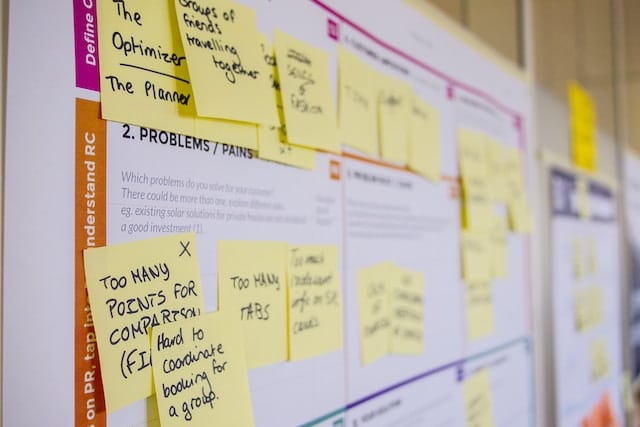Innovation and creativity are the lifeblood of any successful company. They drive progress, differentiate businesses from their competitors, and pave the way for new opportunities. However, fostering a culture of innovation is no small feat. It requires a strategic approach, commitment from leadership, and an environment that encourages and rewards creative thinking. This article delves deep into the strategies and practices that can help companies cultivate innovation and creativity.
Leadership Commitment
Visionary Leadership: Leaders should set a clear vision for innovation, emphasizing its importance to the company’s future success. This vision should be communicated regularly to all employees.
Lead by Example: Leaders must be the torchbearers of innovation, actively participating in brainstorming sessions, encouraging new ideas, and taking risks.
Create a Safe Environment for Risk-Taking
Celebrate Failures: Companies should recognize that failure is an integral part of the innovation process. By celebrating failures as learning opportunities, companies can reduce the fear of taking risks.
Open Feedback Channels: Constructive feedback helps refine ideas. Encourage open dialogue where employees can share and critique ideas without fear of retribution.
Diverse Teams and Collaborative Spaces
Cross-functional Teams: Diverse teams bring varied perspectives, leading to richer brainstorming sessions and more innovative solutions.
Collaborative Workspaces: Design workspaces that encourage collaboration, such as open floor plans, communal areas, and brainstorming rooms equipped with whiteboards and post-it notes.
Continuous Learning and Development
Training Programs: Invest in training programs that focus on creativity, design thinking, and other innovation-related skills.
External Workshops: Encourage employees to attend workshops, seminars, and conferences. Exposure to external ideas can spark internal innovation.
Incentivize Innovation
Recognition Programs: Recognize and reward employees who contribute groundbreaking ideas or lead innovative projects.
Financial Incentives: Consider offering bonuses, stock options, or other financial rewards to those who drive innovation.
Implement Innovation Processes
Idea Management Systems: Use platforms or tools that allow employees to submit, vote on, and develop ideas.
Rapid Prototyping: Encourage teams to quickly turn ideas into prototypes. This allows for faster feedback and iterative development.
External Collaborations and Partnerships
Industry Partnerships: Collaborate with industry peers, research institutions, or startups to co-develop innovative solutions.
Open Innovation: Embrace open innovation by sourcing ideas externally, through crowdsourcing platforms or innovation contests.
Allocate Resources for Innovation
Dedicated Innovation Teams: Establish teams solely focused on innovation, separate from the company’s core operations.
Innovation Budget: Set aside a specific budget for innovation projects, ensuring that creative ideas have the necessary resources to come to fruition.
Encourage Curiosity and Exploration
Time for Side Projects: Companies like Google have allowed employees to spend a portion of their time on personal projects, leading to breakthrough products.
Exposure to Different Industries: Organize field trips or guest lectures from experts in various fields to expose employees to different industries and ideas.
Regularly Review and Adapt
Innovation Audits: Regularly assess the company’s innovation strategies and processes, making necessary adjustments based on feedback and results.
Stay Updated: The world of innovation is ever-evolving. Stay updated with the latest trends, tools, and methodologies to ensure your company remains at the forefront of innovation.
Conclusion
Innovation and creativity are not just buzzwords; they are essential components of a company’s long-term success. By implementing the strategies outlined above, companies can create a thriving ecosystem where innovation flourishes. Remember, the journey of innovation is continuous, and it requires commitment, resources, and a culture that celebrates creativity at every step.





